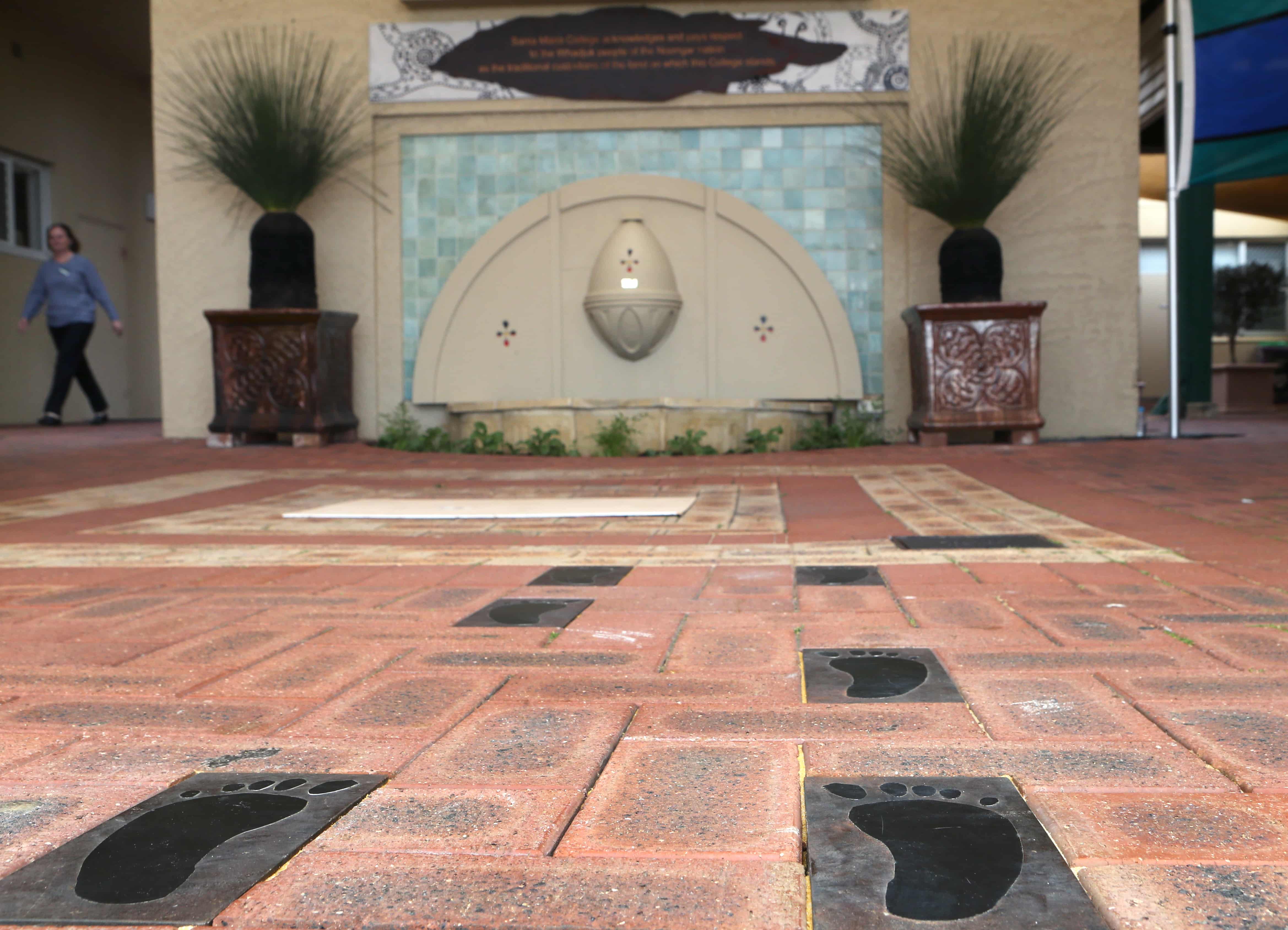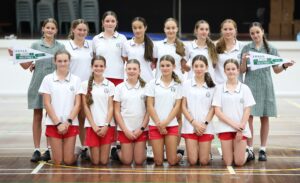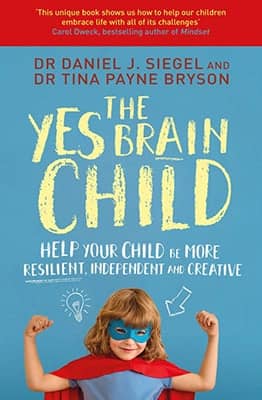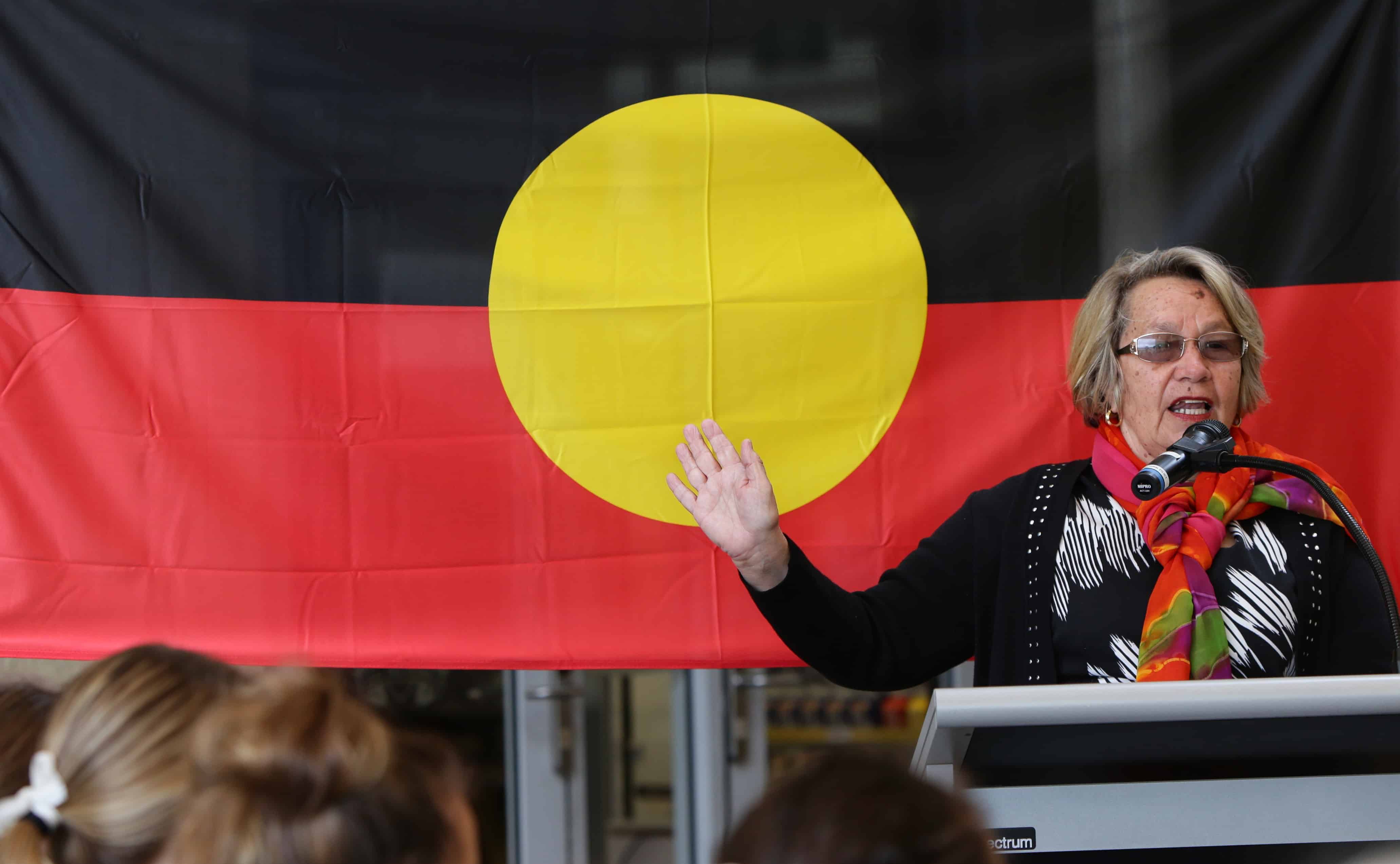
Santa Maria College began on Noongar country, in 1938 under the direction of the Sisters of Mercy. We are a community where diversity is valued, where everyone is encouraged to learn and grow and to work towards equality for all people.
Our College’s vision for reconciliation is to have a school that nurtures and values respectful relationships between all Australians, especially Aboriginal and Torres Strait Islander Australians. Wednesday, this week, we unveiled an acknowledgement plaque, located at one of our main entrances to the College. This plaque displays our recognition of our First Australians and our commitment to reconciliation.
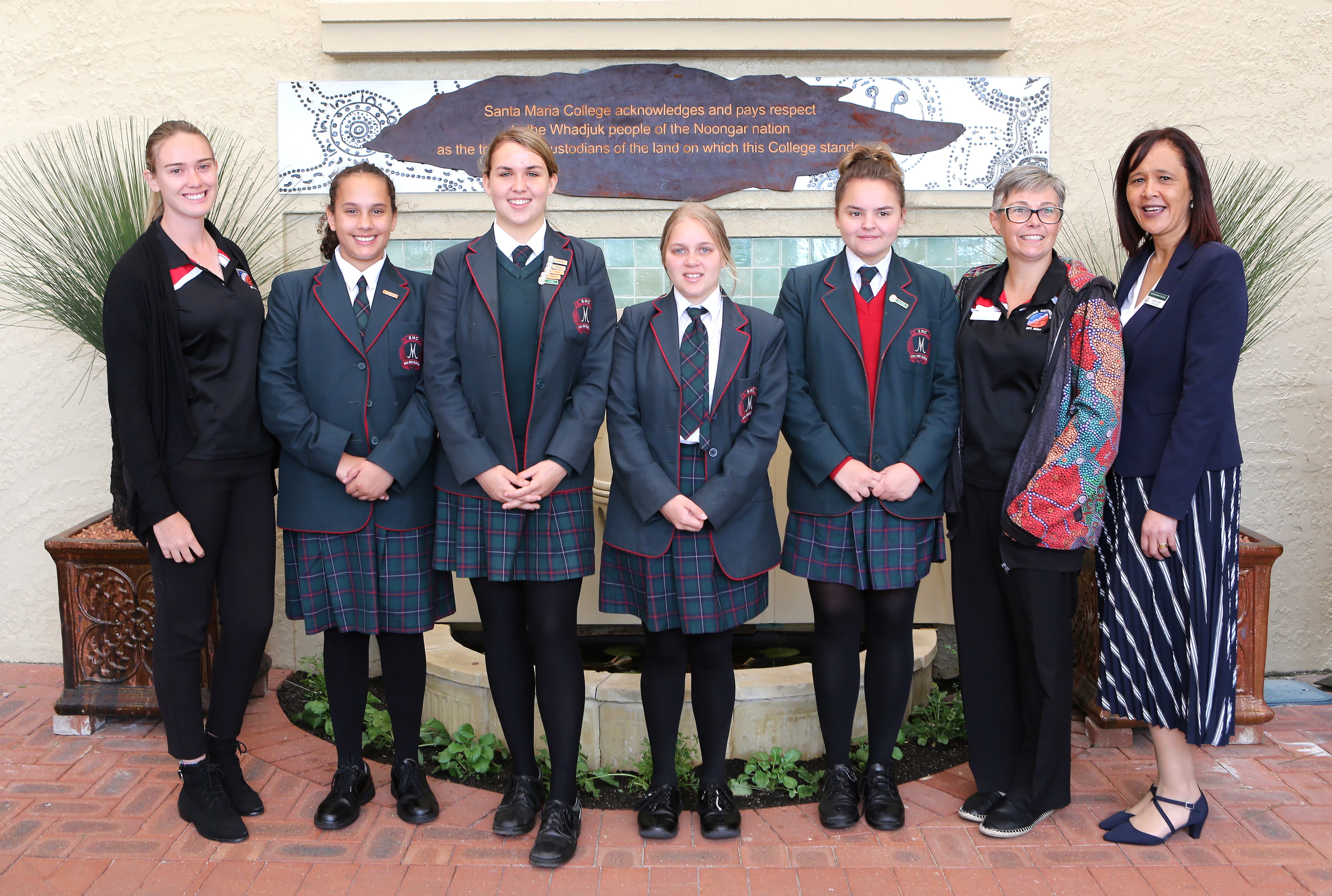
The plaque is in the shape of the bark of a tree. The fibres from trees were made into objects needed for hunting as well as for carrying and collecting food along with ritual objects used in religious ceremonies.
Our Indigenous students, Layla Beardman, Jamie West, Latisha McGlinn, and Ainsleigh Passi designed a key part of the artwork on Sorry Day 2019, which tells the story of their culture and connection to the land on which our College was founded.
Our Story
Santa Maria College sits on the Derbarl Yerrigan, which is the Swan River. We have journeyed this land for thousands of years. The journey of our ancestors is represented by the black feet, which are the people, the Noongar community that walked up along the river.
Part of the Noongar culture is the inclusivity of the community, which is also represented by the first symbol. Additionally, our culture has its own cultural lores, which is also our justice system. The second symbol represents this.
Along our journey, we’ve come to rest. As we have left our campsites and walked a long way, we have caught some weitj (emus) and yonga (kangaroo), and we are having a feed together, sharing our food.
Along the way, after we have rested and filled our bellies, we are sitting around the campfires and talking with the Elders and being educated about our cultural ways, as represented by the third symbol.
Talking with our Elders and learning about our culture helps us to become enlightened and develops our spirituality, as shown by the fourth symbol.
This is our journey; this is our story.
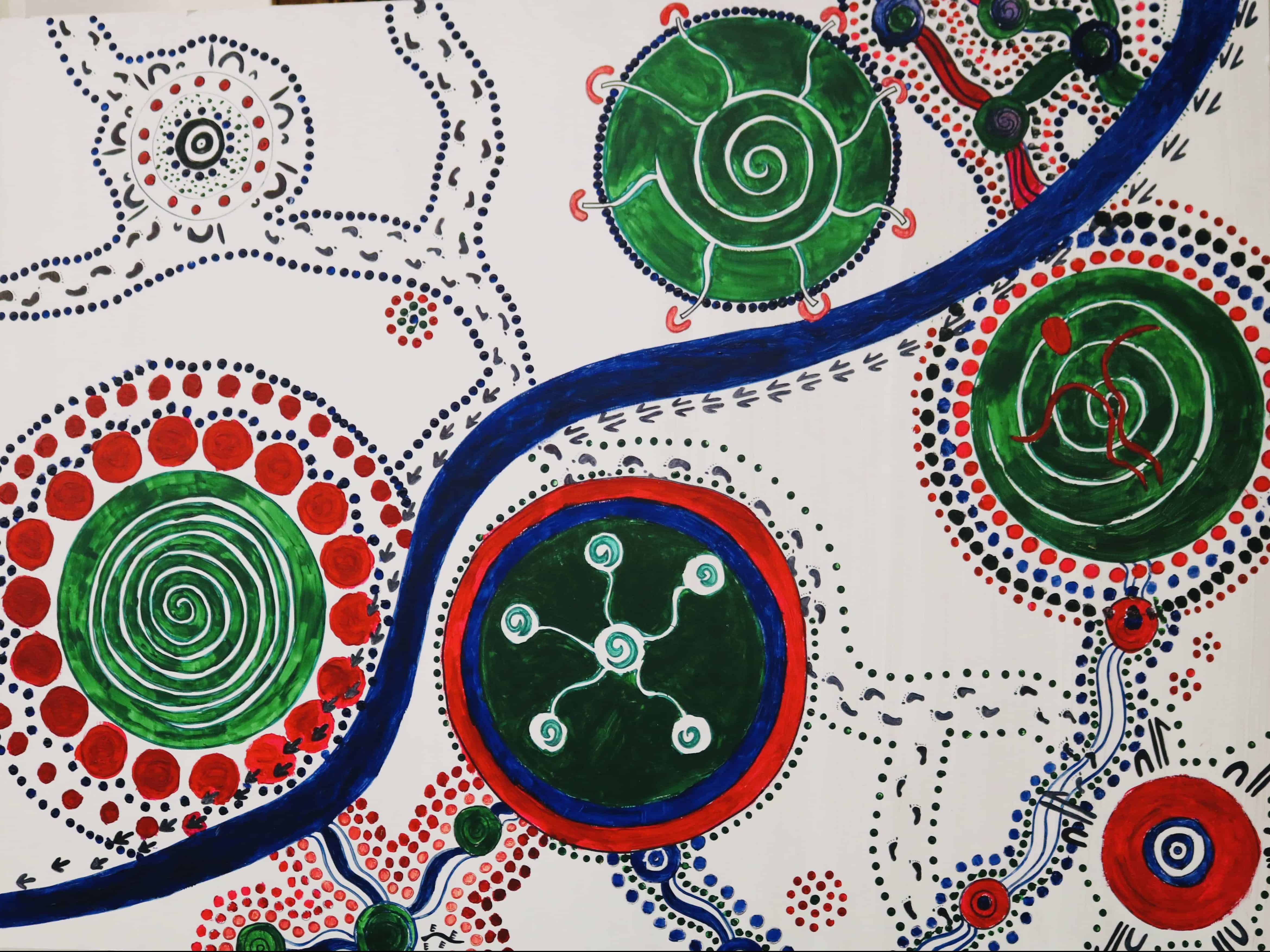
The symbols chosen as part of the acknowledgment were selected by our four Indigenous students in consultation with Lisa Fieldhouse.
Each symbol, a special meaning in Aboriginal culture.
Grass Tree
For traditional Aboriginal people, the grass tree was one of the most useful plants in the bush. They used the grass to thatch the rooves of their huts. The inner core when it starts to rot on a dead grass tree was also a good place to culture growing grubs for eating. Grass trees epitomise the Australian bush.
These are placed on either side of the plaque.
Saltbush
Traditionally, some Indigenous groups used the saltbush seeds in baking, where they were ground and added to dampers. Leaves are medicinal and often added to water as skin cleansers for sores, burns and wounds.
These are located in front of the ‘water-hole’ or fountain.
Footsteps
The footsteps represent the journey of our ancestors, the Noongar community who have walked this land for thousands of years.
The girls will be able to walk in these footsteps each day when they arrive at school.
Water
The water found in the “water hole” or fountain, represents the Derbarl Yerrigan, the Swan River, along which the College sits and along which our ancestors journeyed for thousands of years. Noongars identify many elements of the Swan River system as being of special spiritual significance, giving a sense of ownership and identity with their surroundings.
I congratulate our four Indigenous students who worked with Jilly Landers, Head of Mission, to bring this proposal to reality. Thank you for helping us take the first step towards greater acceptance and understanding of other cultures.
